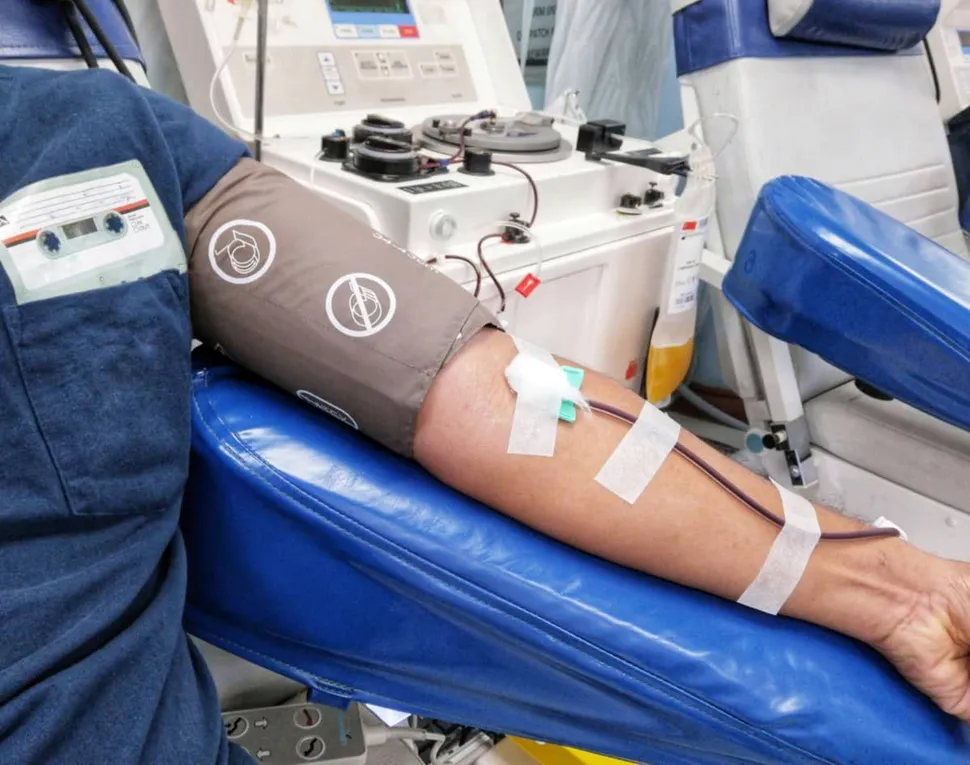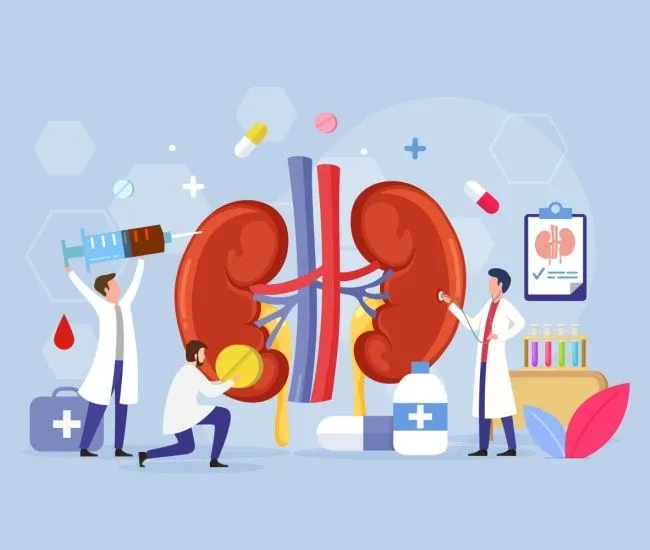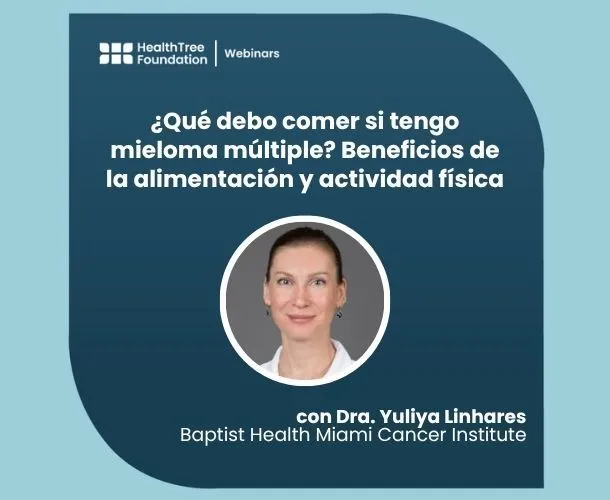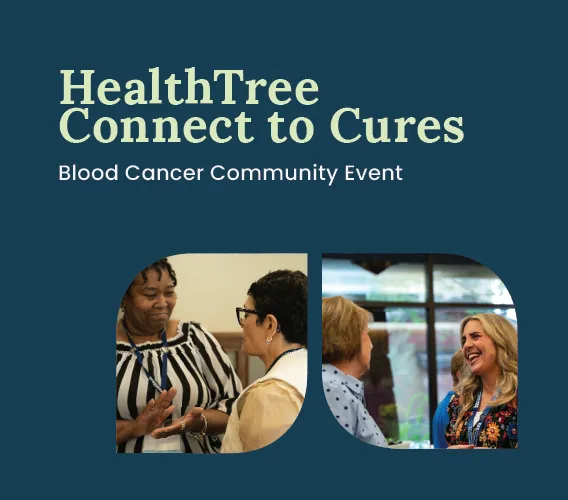Mobilizing Stem Cells from Myeloma Patients prior to Stem Cell Transplant

Many of us have gone through autologous stem cell transplant(s) as part of our myeloma treatment program. About 90 % of us have to go through a multi-day apheresis program in order to collect enough stem cells needed for treatment. In addition, we had/have to inject ourselves with the drug Neupogen (filgrastim) for a number of days prior to stem cell harvest to help us mobilize our stem cells.
The process is not painful but ranks in the ‘boring category’ laying in a hospital bed with a couple of tubes attached to you. And you end up killing a couple of days reading, napping, etc., while the machine next to you sorts out CD34+ cells from your blood. CD34 gets its name from the ‘cluster of differentiation’ (CD) that identifies cell surface antigens. “CD34 is a marker of human hematopoietic stem cells, and all colony-forming activity of human bone marrow (BM) cells is found in the CD34+ fraction.” Important to remember here is that the cells with the CD34+ marker (cell surface protein) are what we are looking for when talking about stem cells for transplant.
Interesting results were reported a few days ago by the company BiolineRx that has just completed a Phase III study comparing the stem cell harvests of myeloma patients from two different regimens:
- The current ‘standard of care’ described above where patients are treated with the drug filgrastim a number of days prior to stem cell harvest;
- A revised protocol where patients are given the investigational drug motixafortide plus filgrastim.
The results can be summarized as follows :
- 70 % of the patients in the investigational arm mobilized more than 6 million CD34+ cells/kg in up to two apheresis sessions. That is 4.9 times more than what was seen from patients who were only given filgrastim (as the lot of us have experienced). This increased cell harvest was noticed with only one single dose of motixafortide.
- The study also revealed that 67.5 % of patients in the investigational arm of the study were able to provide more than 6 million CD34+ cells/kg in a single apheresis session compared to only 4.8 % of patients treated with the current ‘standard of care’. That is a 14-fold increase.
- The median number of CD34+ cells/kg harvested on the first day of apheresis was 8.5 million in the treatment arm compared to 1.5 million in the control (current standard of care) arm. This is a 5.6-fold increase.
- 88.3 % of patients in the treatment arm where able to go to transplant after one stem cell harvest session compared to 10.8 percent of patients treated with the current standard of care. That is a + 8-fold increase.
All in all, this is exciting news for those who will undergo stem cell collection and transplant in the not-too-distant future. The company has indicated that they expect to file a New Drug Application (NDA) with the US Food and Drug Administration in the first half of 2022 and I would expect approval potentially as early as year-end 2022.
Many of us have gone through autologous stem cell transplant(s) as part of our myeloma treatment program. About 90 % of us have to go through a multi-day apheresis program in order to collect enough stem cells needed for treatment. In addition, we had/have to inject ourselves with the drug Neupogen (filgrastim) for a number of days prior to stem cell harvest to help us mobilize our stem cells.
The process is not painful but ranks in the ‘boring category’ laying in a hospital bed with a couple of tubes attached to you. And you end up killing a couple of days reading, napping, etc., while the machine next to you sorts out CD34+ cells from your blood. CD34 gets its name from the ‘cluster of differentiation’ (CD) that identifies cell surface antigens. “CD34 is a marker of human hematopoietic stem cells, and all colony-forming activity of human bone marrow (BM) cells is found in the CD34+ fraction.” Important to remember here is that the cells with the CD34+ marker (cell surface protein) are what we are looking for when talking about stem cells for transplant.
Interesting results were reported a few days ago by the company BiolineRx that has just completed a Phase III study comparing the stem cell harvests of myeloma patients from two different regimens:
- The current ‘standard of care’ described above where patients are treated with the drug filgrastim a number of days prior to stem cell harvest;
- A revised protocol where patients are given the investigational drug motixafortide plus filgrastim.
The results can be summarized as follows :
- 70 % of the patients in the investigational arm mobilized more than 6 million CD34+ cells/kg in up to two apheresis sessions. That is 4.9 times more than what was seen from patients who were only given filgrastim (as the lot of us have experienced). This increased cell harvest was noticed with only one single dose of motixafortide.
- The study also revealed that 67.5 % of patients in the investigational arm of the study were able to provide more than 6 million CD34+ cells/kg in a single apheresis session compared to only 4.8 % of patients treated with the current ‘standard of care’. That is a 14-fold increase.
- The median number of CD34+ cells/kg harvested on the first day of apheresis was 8.5 million in the treatment arm compared to 1.5 million in the control (current standard of care) arm. This is a 5.6-fold increase.
- 88.3 % of patients in the treatment arm where able to go to transplant after one stem cell harvest session compared to 10.8 percent of patients treated with the current standard of care. That is a + 8-fold increase.
All in all, this is exciting news for those who will undergo stem cell collection and transplant in the not-too-distant future. The company has indicated that they expect to file a New Drug Application (NDA) with the US Food and Drug Administration in the first half of 2022 and I would expect approval potentially as early as year-end 2022.

about the author
Paul Kleutghen
I am a patient diagnosed in 2014 with primary plasma cell leukemia (pPCL), a rare and aggressive variant of multiple myeloma and have been very fortunate to find successful treatment at the division of Cellular Therapy at the Duke University Cancer Institute. My wife, Vicki, and I have two adult children and two grandsons who are the ‘lights of our lives’. Successful treatment has allowed Vicki and I to do what we love best : traveling the world, albeit it with some extra precautions to keep infections away. My career in the pharmaceutical industry has given me insights that I am currently putting to use as an advocate to lower drug pricing, especially prices for anti-cancer drugs. I am a firm believer that staying mentally active, physically fit, compliant to our treatment regimen and taking an active interest in our disease are keys to successful treatment outcomes.
More on Navigating Your Health
Trending Articles
Upcoming Events




Get the Latest Multiple Myeloma Updates, Delivered to You.
By subscribing to the HealthTree newsletter, you'll receive the latest research, treatment updates, and expert insights to help you navigate your health.











